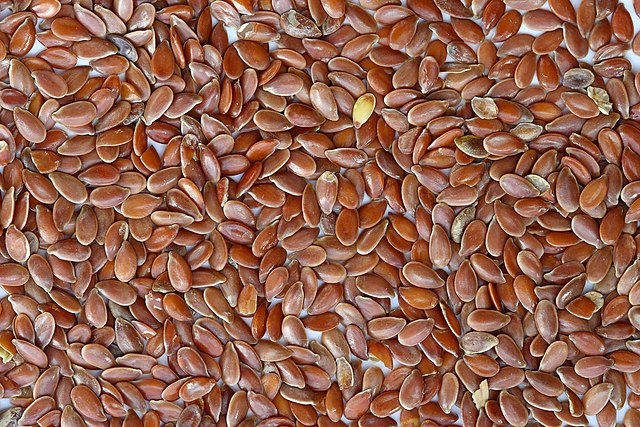Russia is building a mega oilseed crushing factory in the southwest port of Azov that could rival the flaxseed product market lead by Canada.
This largest crushing plant in Europe by ASVA will have an annual processing capacity of 148,500 tonnes of the raw seed.
Luckily for Canada, export market rivalry for raw flaxseed will diminish because the plant will consume a substantial part of Russia’s harvest.
However, at a later date the eastern European nation could expand acreage drastically to accommodate ambitious processing plans.
As of 2022, Russia had 32,497 hectares (ha) under flax seed for only making fiber, per the Food and Agriculture Organization (FAO).
The acreage marked a consecutive 3-year annual decrease from a 2020 high of 45,390 ha, which the country could try to reclaim.
Indeed, the bigger flax crop for processing other products like oil, cake and paint runs into hundreds of thousands of hectares.
According to Sergey Pluzhnikov, chief executive at Russian Pulses Analytics, the ASVA plant alone “could stimulate …flax production.”
Apart from ASVA’s plant, the current biggest national flax crusher, the Sodrugestvo Group, is apparently planning a similar mega plant.
Oilseed Product Exports
Even though exports of raw seeds will reduce to enhance domestic crushing needs, shipments of niche oil and cake product will increase.
ASVA plans to deliver 70% of its flax oil and cake to China, the traditional buyer of 70% of nationwide flaxseed products.
China notably used to be one of Canada’s principal flaxseed markets but currently only controls under a 5% share.
Russia’s total flax oil shipments in the 2024-25 period amounted to 3,700 tonnes. ASVA in turn plans to process 90,000 tonnes of cake and 53,500 tonnes of flax oil annually, 3/4 of which bound for export.
The key recipients will be China, Türkiye and Western Asia, because European Union’s 20% tariffs make it unprofitable to export nearby.
Although Moscow is not a major export player in Western markets, its rapid production and crushing vision is significant.
The ongoing trade war pitting Canada and the U.S. has also cost-impacted North American rates, giving Russia’s flaxseed prices Asian competitiveness.
Toe to toe, Moscow has the advantage of employing traditional organic planting practices in places like Siberia and the south. The Canada flaxseed sector on the other hand depends somewhat on genetically modified technologies. The below statistics take the comparison further, numerically.
Russia and Canada Flaxseed and Flax Fiber Statistics
Canada has for long been the biggest flaxseed-producing nation while Russia is a sleeping giant with indeterminate production. According to ESS Feed, Canada’s projected production of raw flaxseed in 2025 was 700,000 tonnes, worth US$500 million. Next to Kazakhstan, Russia comes third in the tally with 400,000 tonnes worth $250 million. Another tally put the earlier 2024 harvest in Russia three times that figure at a record 1.3 million tonnes.
How much flax fiber does Russia produce?
In terms of raw flax fiber, the FAOSTAT puts Russia’s output at 24,103 tonnes (2022). Below is the full production picture of the raw fiber, courtesy of the FAOSTAT:
| Year | Production [tonnes] | Acreage [Ha] |
| 2022 | 24,103 | 32,497 |
| 2021 | 25,947 | 36,483 |
| 2020 | 39,262 | 45,390 |
| 2019 | 38,464 | 44,437 |
While the above acreage captures only the harvested swathe for flaxseed that converts into fiber, all acreage of the multi-purpose crop is bigger: the Business Ranker puts Russia’s total flaxseed acreage at least 650,000 hectares.
What are the salient facts about flaxseed production in Russia?
- Production started in the 700s A.D.
- Cultivation lies in the south and south central (Rostov, Kurgan and Omsk) as well as Siberia (Altai/Novosibirsk).
- Altai accounts for 16% of the production while Omsk follows with 10%.
Is Canada a big shipper of flax fiber?
Although it is the biggest flaxseed product shipper worldwide, Canada is not the top flax fiber exporter. According to the World Bank, raw or retted flax exports by Canada reached 703.1 tonnes in 2023. This was the 5th highest worldwide after Egypt, the EU, Belgium and India.
